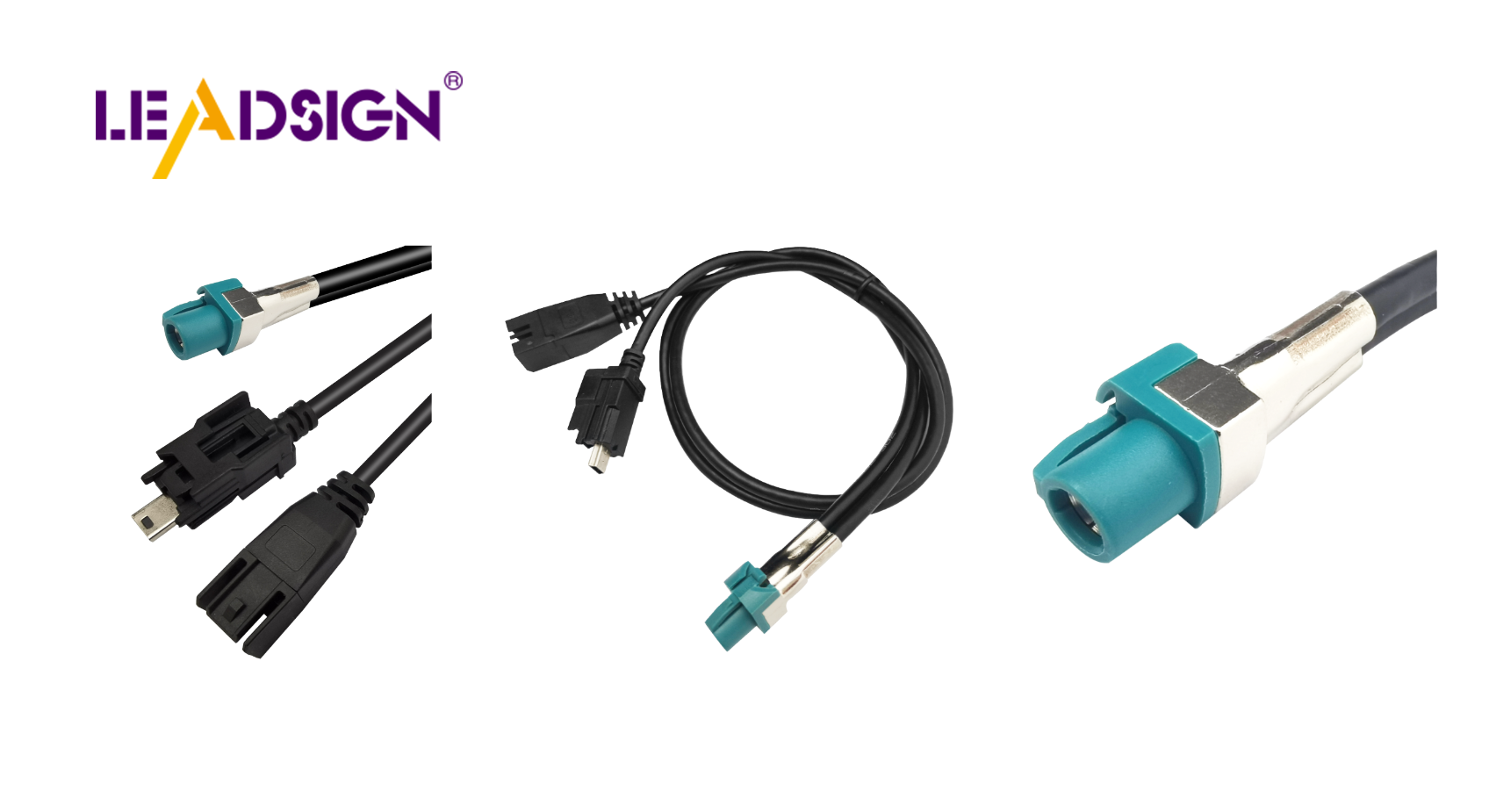Car Wire Connector Types You Need to Know

Understanding automotive electrical connectors types is crucial for vehicles. They play a vital role in ensuring the smooth flow of electricity, powering various components of the car. There are various types of connectors available, each serving a specific purpose. Familiarizing oneself with these different types helps in selecting the most suitable connector for specific tasks. This understanding is essential for maintaining the safety and optimal performance of vehicles, preventing potential electrical issues. By gaining knowledge about automotive electrical connectors types, individuals can effectively maintain the safe and efficient operation of their vehicles.
Common Car Wire Connectors Types
Knowing different car wire connectors is important for fixing cars. These connectors help make sure the car's electrical parts work well. Here are some common types of connectors used in cars.
Butt Connectors
Features and Uses
Butt connectors join two wires together. They keep the connection safe and covered, which is good for cars. Use them when you need to fix or lengthen wires.
Installation Tips
To use butt connectors, first take off the wire cover at the ends. Put each wire into the connector and squeeze it tight with a tool. Make sure it’s tight so electricity flows well. You can add heat shrink tubing to protect from water.
Bullet Connectors
Features and Uses
Bullet connectors are easy to connect and disconnect wires quickly. They use a push-and-pull style, perfect for things you unplug often like lights or speakers in cars.
Installation Tips
For bullet connectors, take off the wire cover and put them into the connector. Squeeze with a tool to hold it tight. Check that both parts fit well so they don’t come apart by accident. Look for any damage or rust often.
Spade Connectors
Features and Uses
Spade connectors, also called fork connectors, are flat and easy to attach or remove from blocks. They’re popular because they’re simple to use in many places like batteries.
Installation Tips
To use spade connectors, strip the wire ends first then insert them into the connector. Squeeze tightly for a strong hold. When connecting to blocks, make sure it fits under screws well. Check regularly so connections stay strong.
By learning about these car wire connector types, people can choose wisely when working on car wiring. Correctly installing these helps keep car systems safe and running smoothly.
Special Car Electrical Connectors Types
Knowing special car connectors is key for cars in tough spots. These connectors help electrical parts work well, even in bad weather. Let's look at two types: waterproof and heatproof connectors.
Waterproof Connectors
Features and Uses
Waterproof connectors keep wires safe from water and dirt. They are important in places like the engine or under the car. These connectors have rubber seals to stop water from getting in. They are used for lights and outside sensors.
Installation Tips
When putting on waterproof connectors, check that seals are good. Strip wire ends and put them into the connector, then squeeze tight. Make sure it closes well to stay protected. Look at these often for damage and change them if needed.
Heatproof Connectors
Features and Uses
Heatproof connectors handle high heat without breaking down. They are needed near hot areas like engines or exhausts. Made with silicone or ceramic, they resist heat well. Used in ignition systems and turbochargers.
Installation Tips
Pick the right heatproof connector for how hot it gets there. Strip wire ends, put them into the connector, and crimp tight. Keep away from moving parts or sharp edges to avoid harm. Check often for heat damage to keep them working well.
By knowing these special car connectors, people can keep cars running safely in all conditions. Picking the right ones stops electric problems, making cars more reliable.
Picking the Right Connector
Choosing the right car wire connectors is important for safety and good performance. This part will help you know what to think about and what not to do when picking connectors.
Things to Think About
Power Needs
When picking car wire connectors, knowing power needs is key. Each connector must handle the right voltage and current. For high-power systems, use connectors that can take more power. Always check details to match with the car's system.
Weather Conditions
Weather matters a lot when choosing car wire connectors. Think about where it will be used. In wet, dusty, or hot places, pick waterproof or heatproof ones. These special connectors keep parts safe from weather harm.
Mistakes Not to Make
Wrong Size
A big mistake is using wrong-sized connectors. Car wire connectors should fit wires just right. If too big or small, they cause bad connections and failures. Measure wires and pick the right size for a snug fit.
Bad Installation
Bad installation can mess up how well car wire connectors work. Make sure wires are stripped right and pushed in fully. Use proper tools to crimp tight connections. Don’t twist or bend wires too much; it weakens them.
By thinking about these points and avoiding mistakes, people can pick the best car wire connectors for their cars. This careful choice makes sure connections are strong, keeping cars safe and running well.
Knowing car wire connectors is important for keeping cars safe. This blog talked about common and special connectors. It showed their features and how to install them. Picking the right connector makes sure electricity flows well, stopping problems. Using the correct size and putting them in right helps work better and stay safe. With this knowledge, people can choose wisely, making cars run smoothly and safely.
See Also
An In-Depth Look at Fakra Connectors: Fundamentals, Varieties, and Uses
Navigating Ford Fakra Connectors
An Extensive Overview of Fakra Male Connectors

